- Notes
Pixar’s Soul was incredible. A great movie to end the craziness that was 2020.
Pixar’s Soul was incredible. A great movie to end the craziness that was 2020.
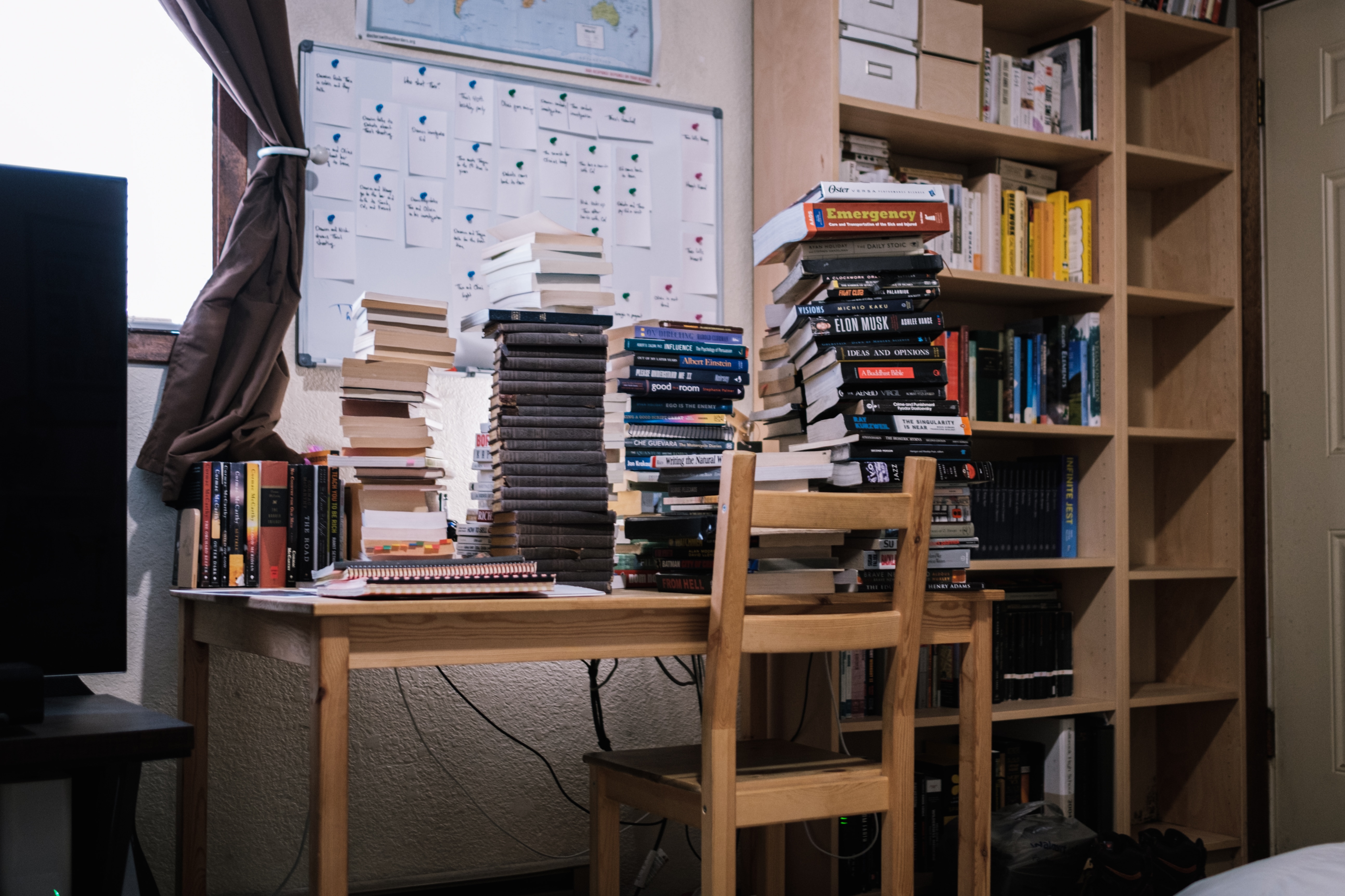
I read 17 books this year. For me that’s low, but 2020, by all measures, wasn’t a normal year. I struggled with attention and focus, and there were months when I didn’t read a single page. But I’m proud I read anything at all.
My favorite fiction book of the year was Kafka on the Shore by Haruki Murakami. Last year I read 1Q84 and fell in love with Murakami’s style immediately. The same went for Kafka on the Shore. I love how he tells stories, and I want to read the rest of his bibliography in the coming years.
My favorite non-fiction book of the year was Alexander Hamilton by Ron Chernow. I just finished reading it a few minutes ago, but I knew from the beginning that I would love it. I haven’t read many biographies, but I loved this one. I’m an American and I love the story and the promise of America, and Alexander Hamilton embodied all of it.
Other books I loved this year were The Expanse series of books by James S.A. Corey and Spark Joy by Marie Kondo. Both influenced my year in different ways and made living through this hectic year better.
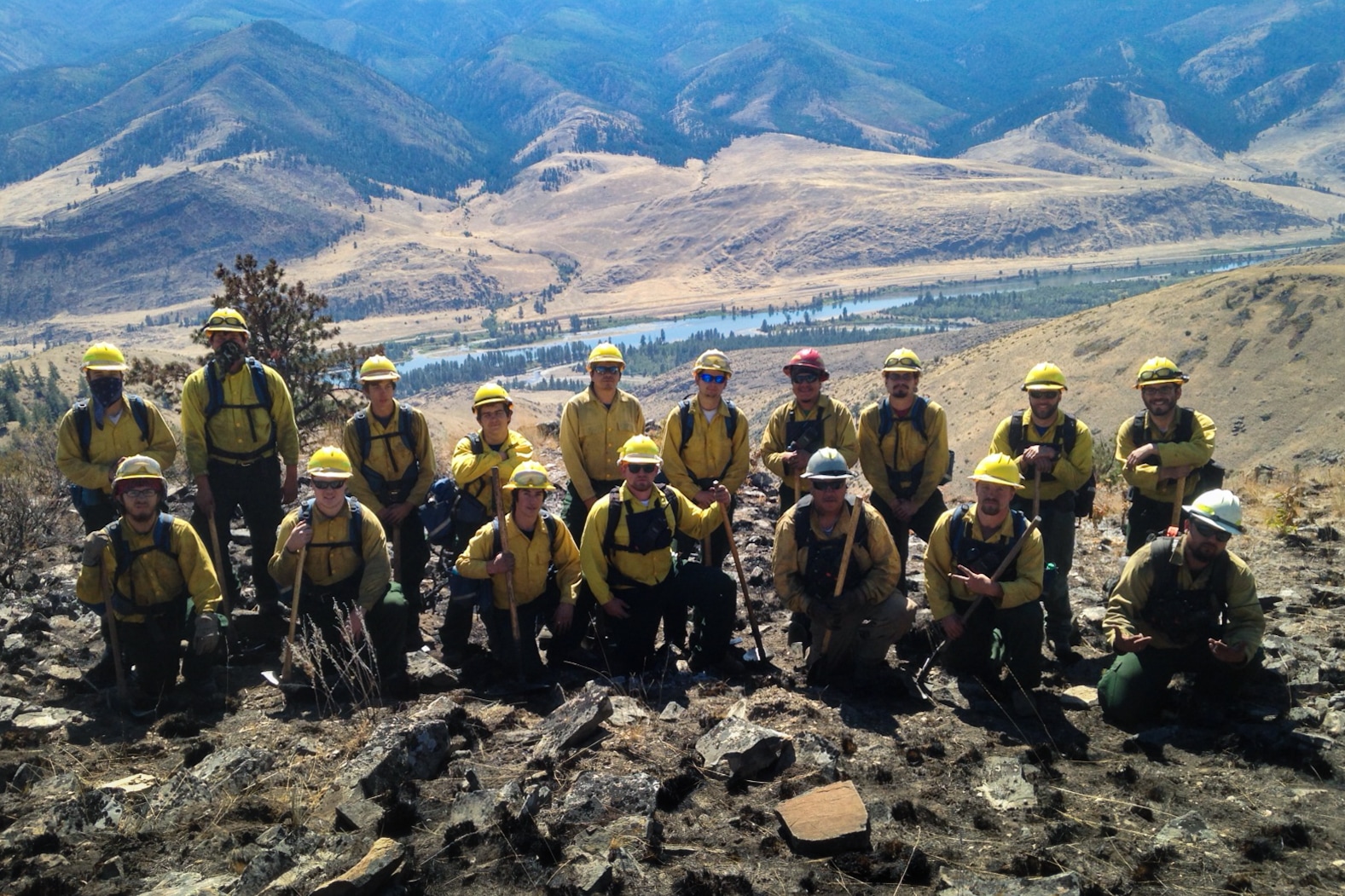
I didn’t grow up dreaming of becoming a firefighter, but when I moved to Montana, I was penniless and in debt. I moved to Montana to start over, to reinvent myself, and to grow up. I wouldn’t be the man I am today without that experience. I’m grateful for all of it.
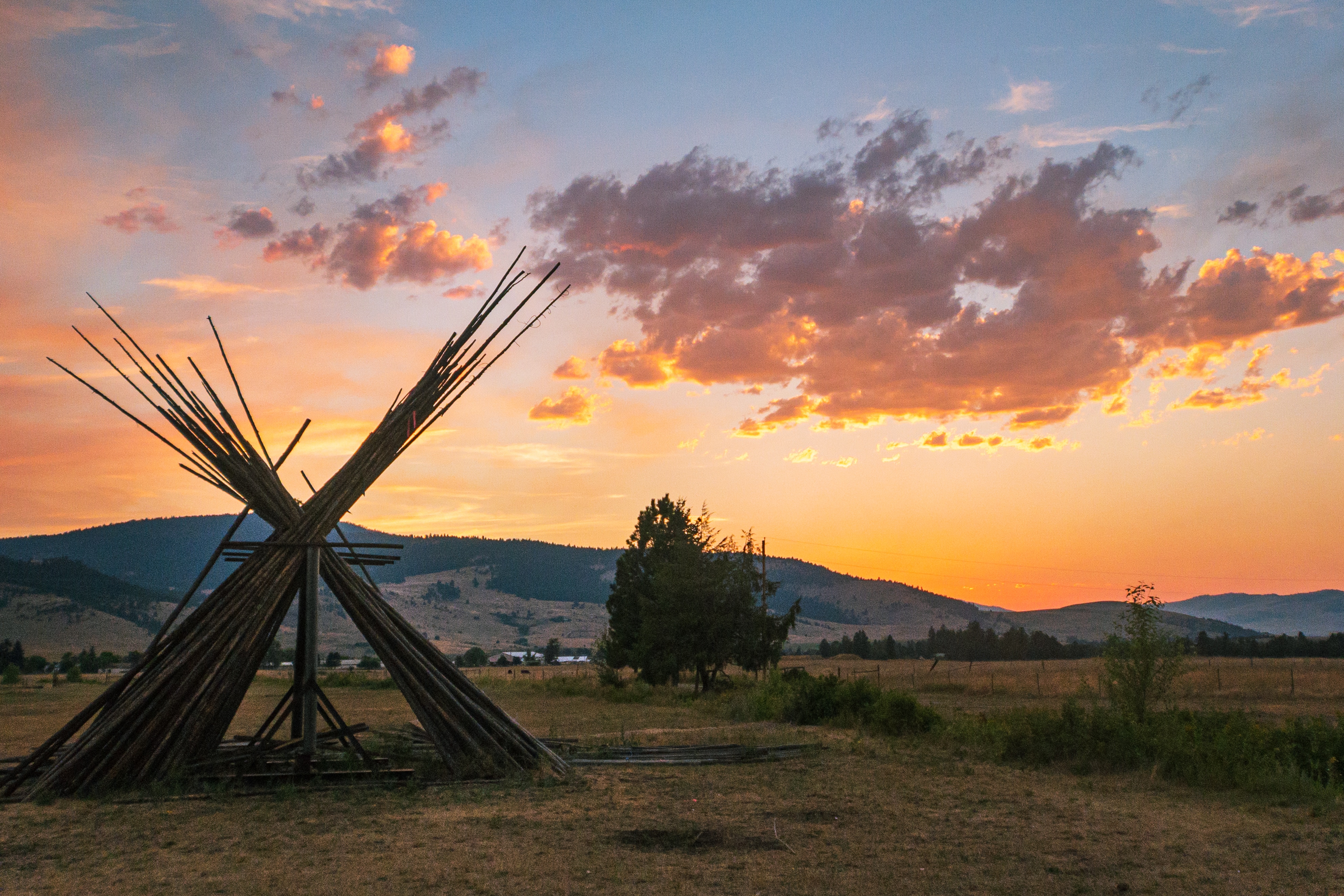
I think the thing I’m most grateful for during my time as a firefighter are all the places and things I got to see.
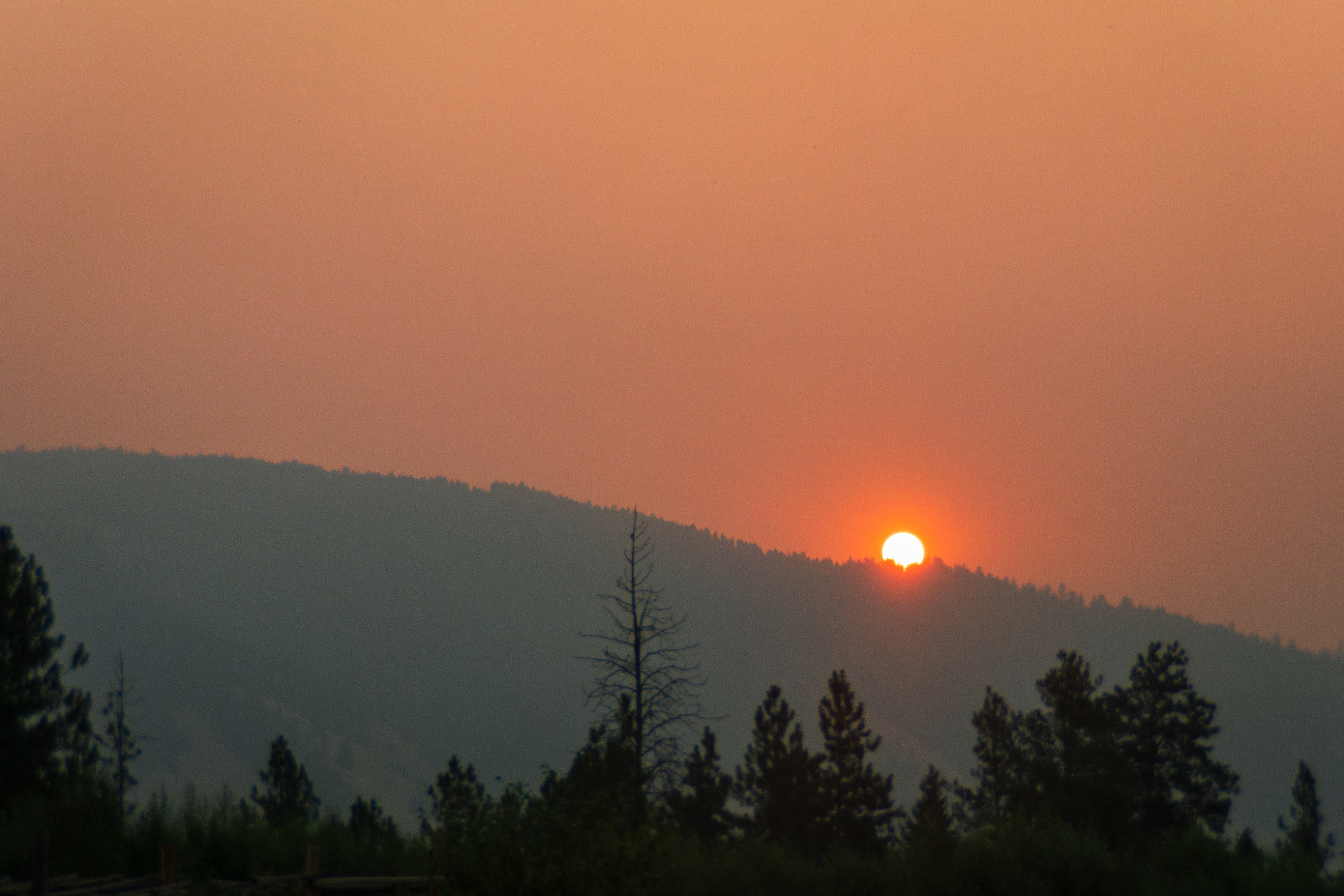
From beautiful sunsets in very remote parts of Montana.
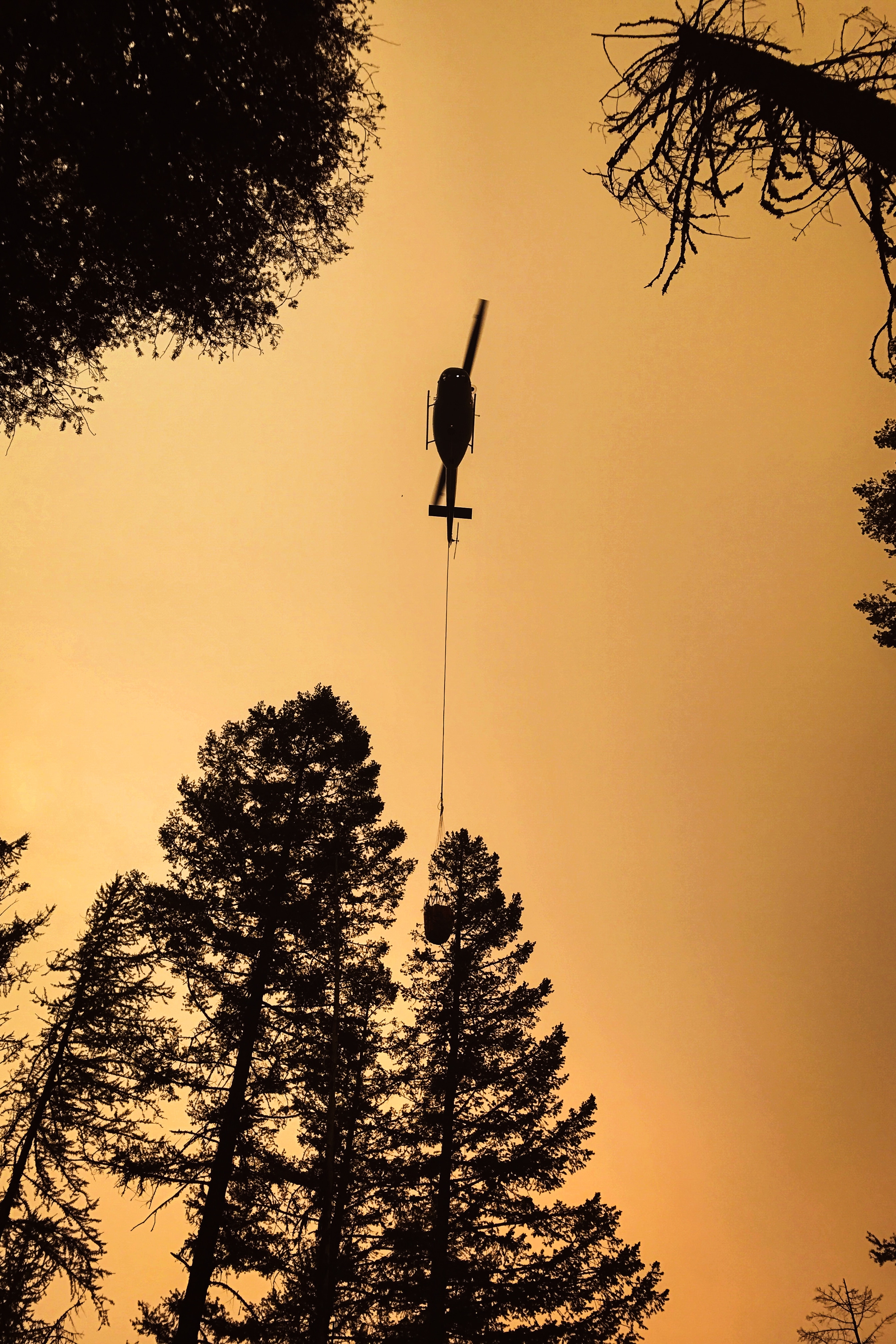
To helicopters dropping buckets of water mere feet from me and onto blazing fires.
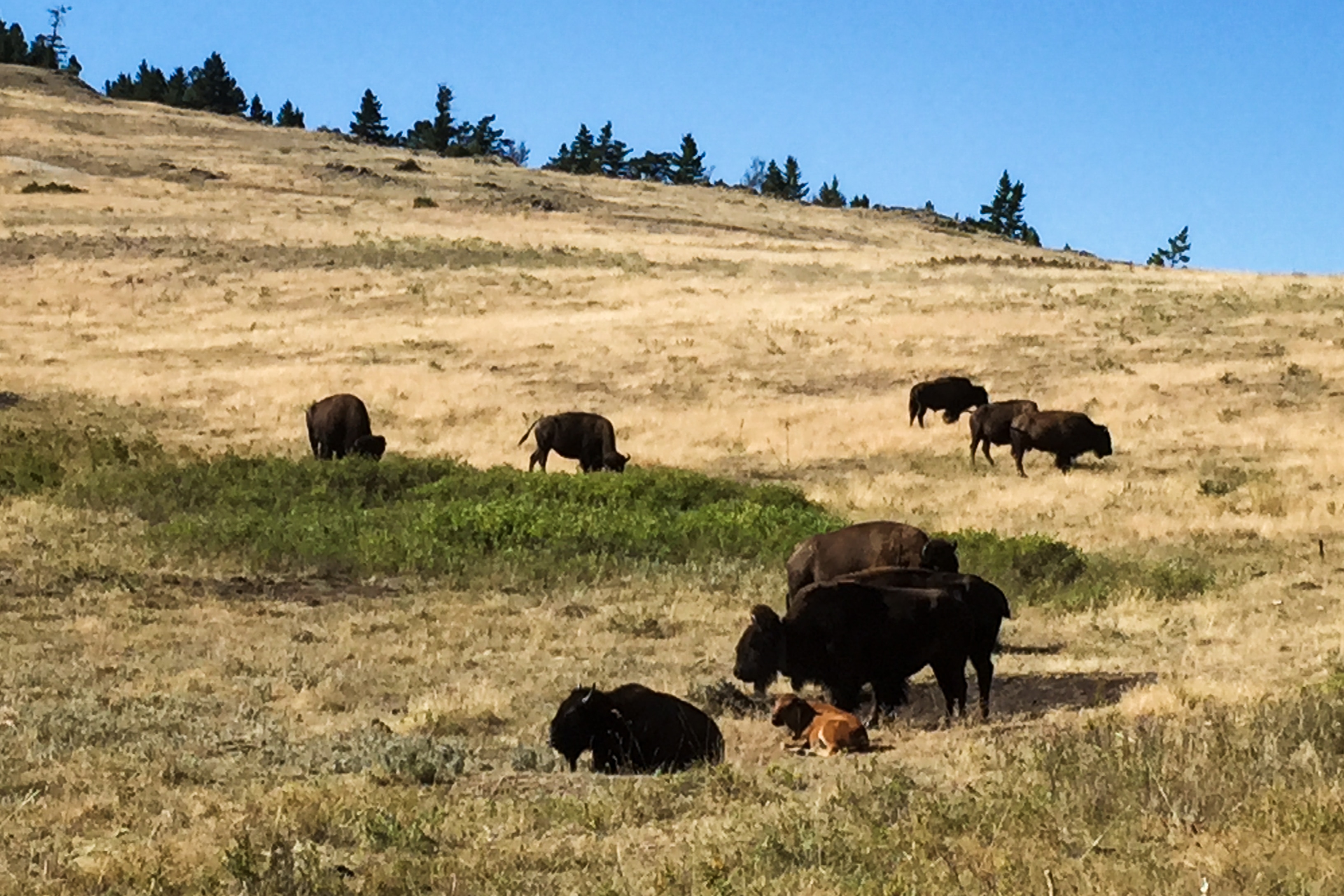
And bison roaming the land.
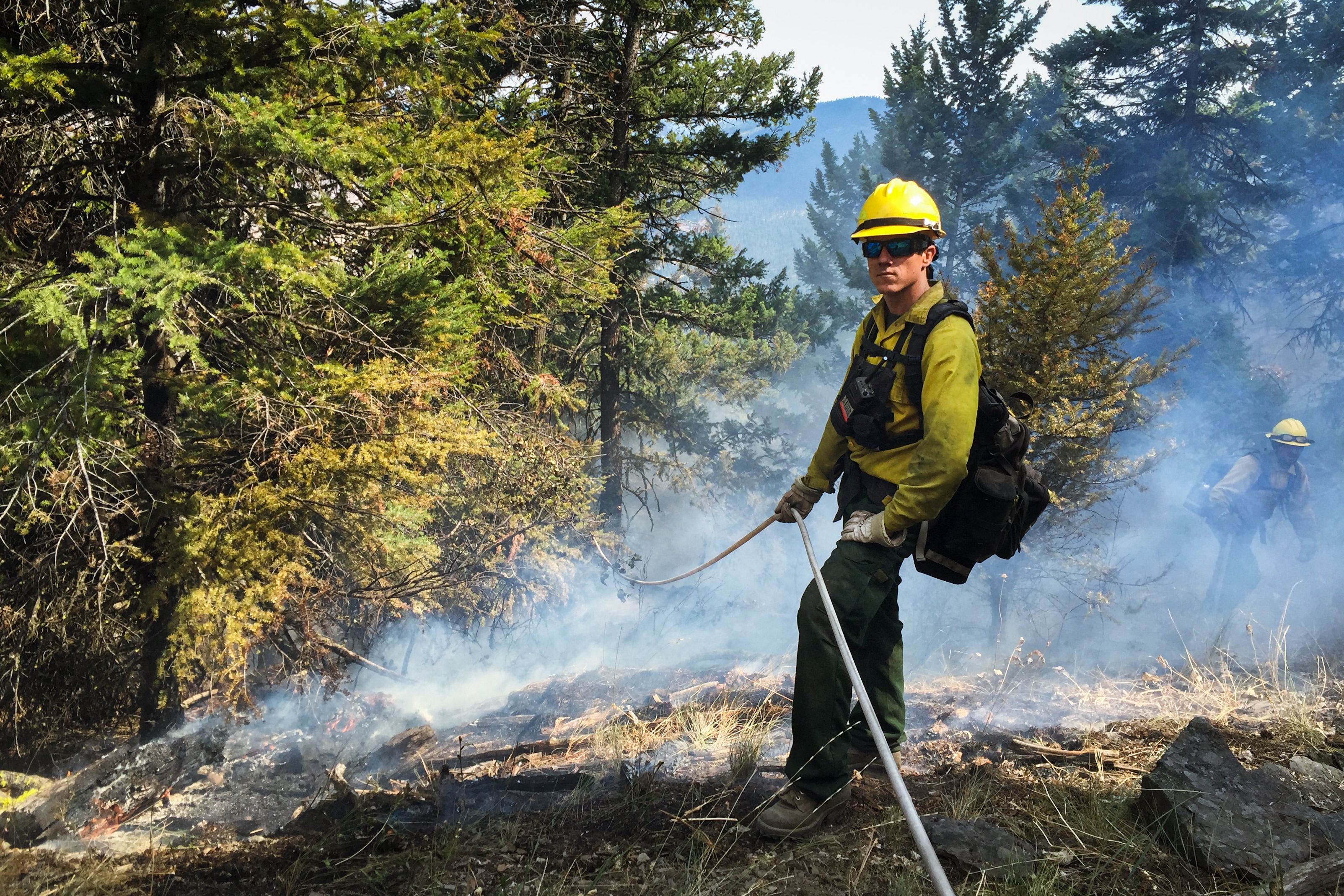
There’s a yellow pack the veterans make most rookies wear that’s colloquially known as a piss pump. It’s a backpack that’s filled up with about 5-8 gallons of water that’s worn over the regular pack everyone must carry. Connected to it was a long nozzle that, when pumped, sprayed water. The pressure wasn’t great, but it did enough to cool some areas down. Other times we made the rookies carry hoses and fittings and other gear that added extra weight to their pack and thus made the day a bit longer. I was a rookie once, and I went through this. It was fun.
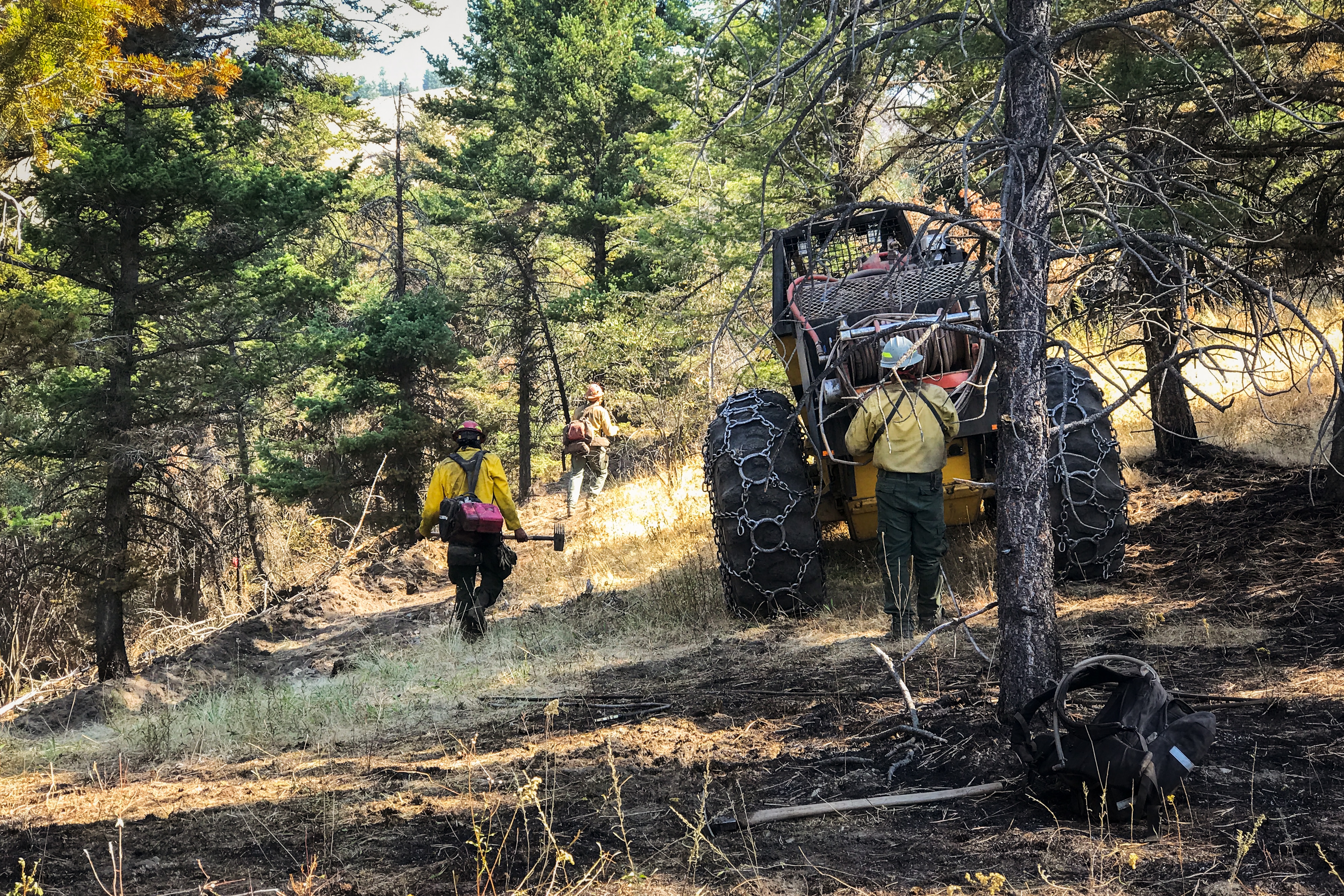
Most of the time we loaded the gear onto the massive dozers that sometimes patrolled the fire with us. They had longer and more powerful hoses and a massive tank full of water. They were also loud and they made quick work of anything in their way. Firefighting didn’t scare me but the thought of driving one of these machines did. It only made sense that the drivers who drove them were crazy.
I guess you have to be a bit crazy to intentionally run toward a fire instead of away from it, though.
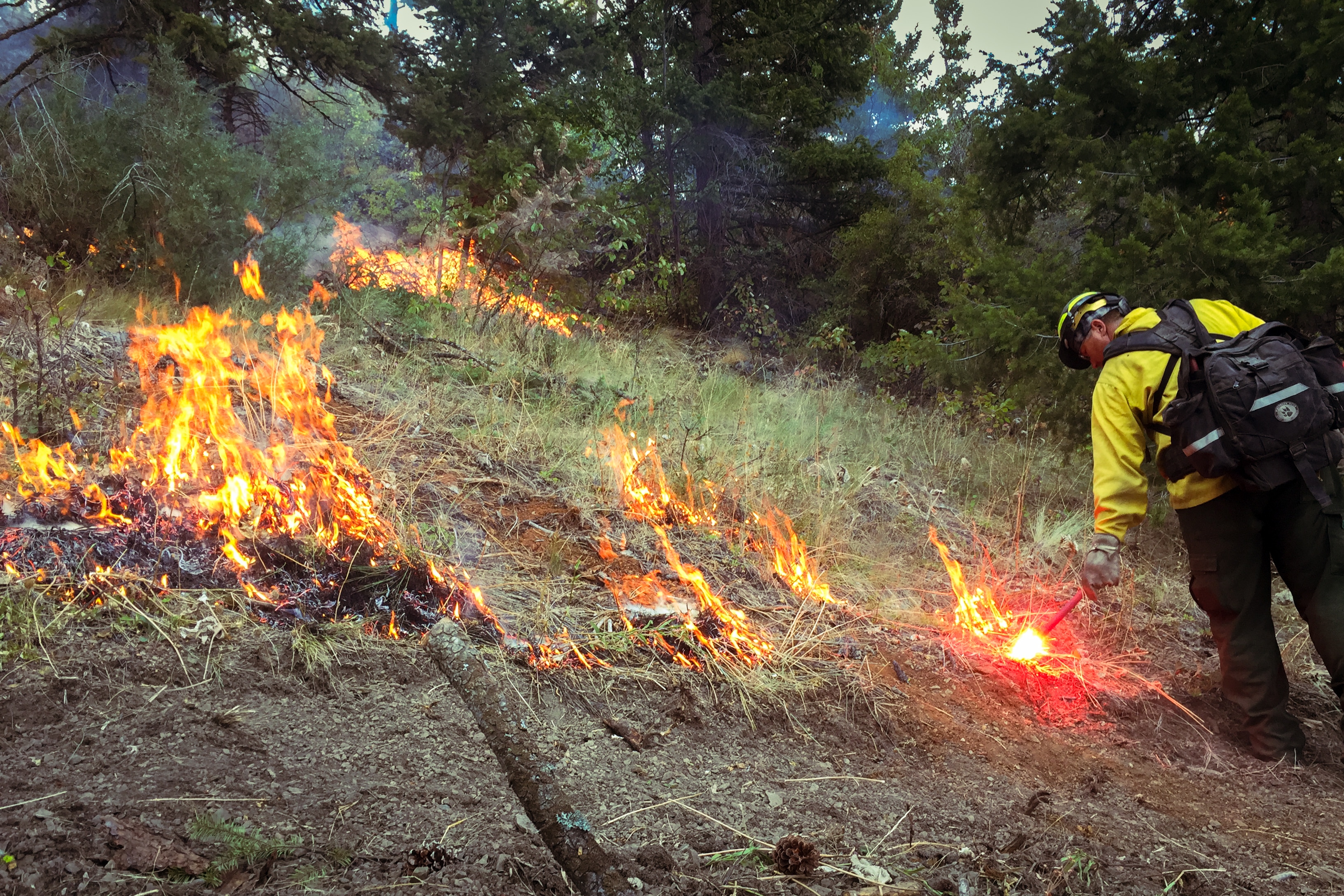
When you can’t kiss the black, whether because the fire is on inaccessible terrain or it’s raging too wildly to send firefighters to fight it or for another reason, you do the smart thing and fight the fire with more fire.
More than anything, firefighting is a team sport. On every fire I’ve ever fought, we always had helicopters flying over the fire. The pilot and co-pilot survey the fire and then relay their report to logistics; logistics drafts a plan of attack with the Incident Commander who then radios the plan to the division boss; the division boss then contacts the crew boss with the plan and their orders; the crew boss tells his crew the plan, and finally, the crew executes the plan.
Sometimes the plan means building line on a very calm and unburnt part of the forest. We build line to prepare for the controlled burn later. The purpose of the controlled burn is to cut off any potential fuel source for the yet uncontrolled fire. We dictate the size of the fire at this point, and it’s one of the funnest part of firefighting for me.
Fires are spontaneous and wild. I can only imagine the same feeling I got when I did my first controlled burn was the same one primitive man had when they finally controlled fire in prehistoric times. It’s such a rush.
What I wish modern Americans understood is that controlled burns are one of the best ways to make sure our fire seasons aren’t as bad as they have been. We can control the severity of fire season with controlled burns during the off-season. But the reason we don’t is because controlled burns, just like uncontrolled ones, produce smoke and soot. People, I guess, don’t like smoke and soot. So we don’t fight fires with fire, even though I think it’s one of the smartest things we can do as a species.
But we elected a reality television star for president, so what do I know.
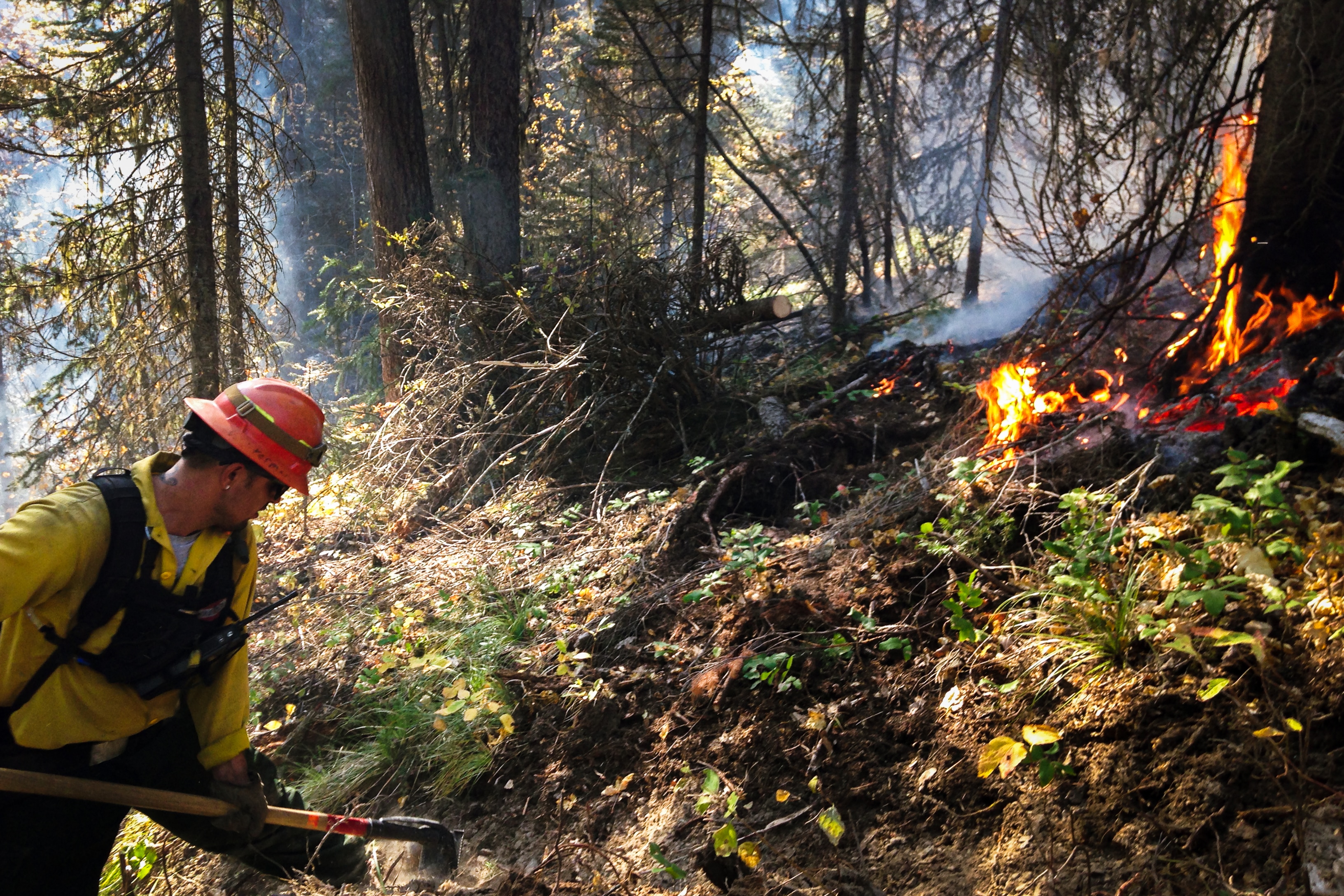
When you’re building line, you’re taught to dig as close to the black as possible. The black means the burnt areas on the ground. A burnt area can’t re-burn, so it’s also the place you’re told to go if you need a safe place to go in case the fire rages out of control. You want to “kiss the black” because you want to give an active fire as little fuel as possible. As a wildland firefighter, building line is one of the things you do the most. It’s what helps contain the fire, and it’s what helps end fires.
What people don’t understand about forest fires is that they’re natural. Forests have to burn. They have to burn to get rid of all the dead trees and vegetation littering the ground; they have to burn because many species of trees depend on fires to reproduce; they have to burn so our forests can be healthy.
One of the reasons why our fire seasons have been so bad these past couple of years—other than climate change—is because our forests have gone years and years without controlled burns. Indigenous Americans know this and they have maintained their forests this way for generations. But modern Americans don’t.
And that pisses me off.
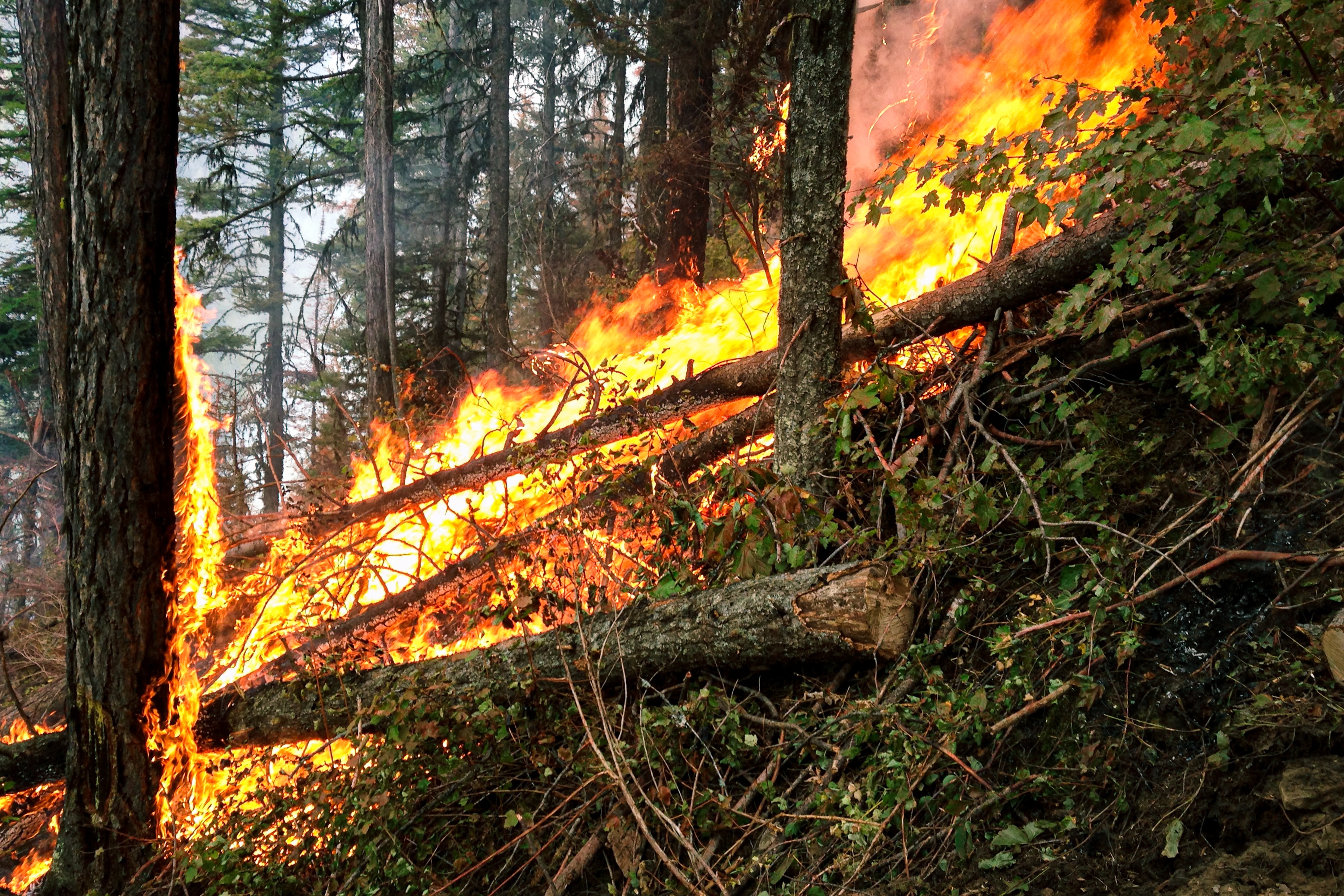
Stuck on a nostalgia trip. This was my first “real” fire. I say “real” because this fire had a real shot of getting out of hand and harming many of us. The fire jumped the line we spent all day building and spread across our only escape route, knocking it out. Once night fell, we were lost. It was blacker than black. All we had was the light of our headlamp and the experience of our crew boss. Every tree looked the same. The floor was covered in tree litter and the slope was steeper than hell. We hiked all night until finally we found the dozer line we carved out earlier in the day. The soft dirt felt amazing. We loaded into our vehicles and many of us, me included, crashed on the way back to camp. If I was a fire virgin before that day, I wasn’t anymore.
It made me love firefighting so much.
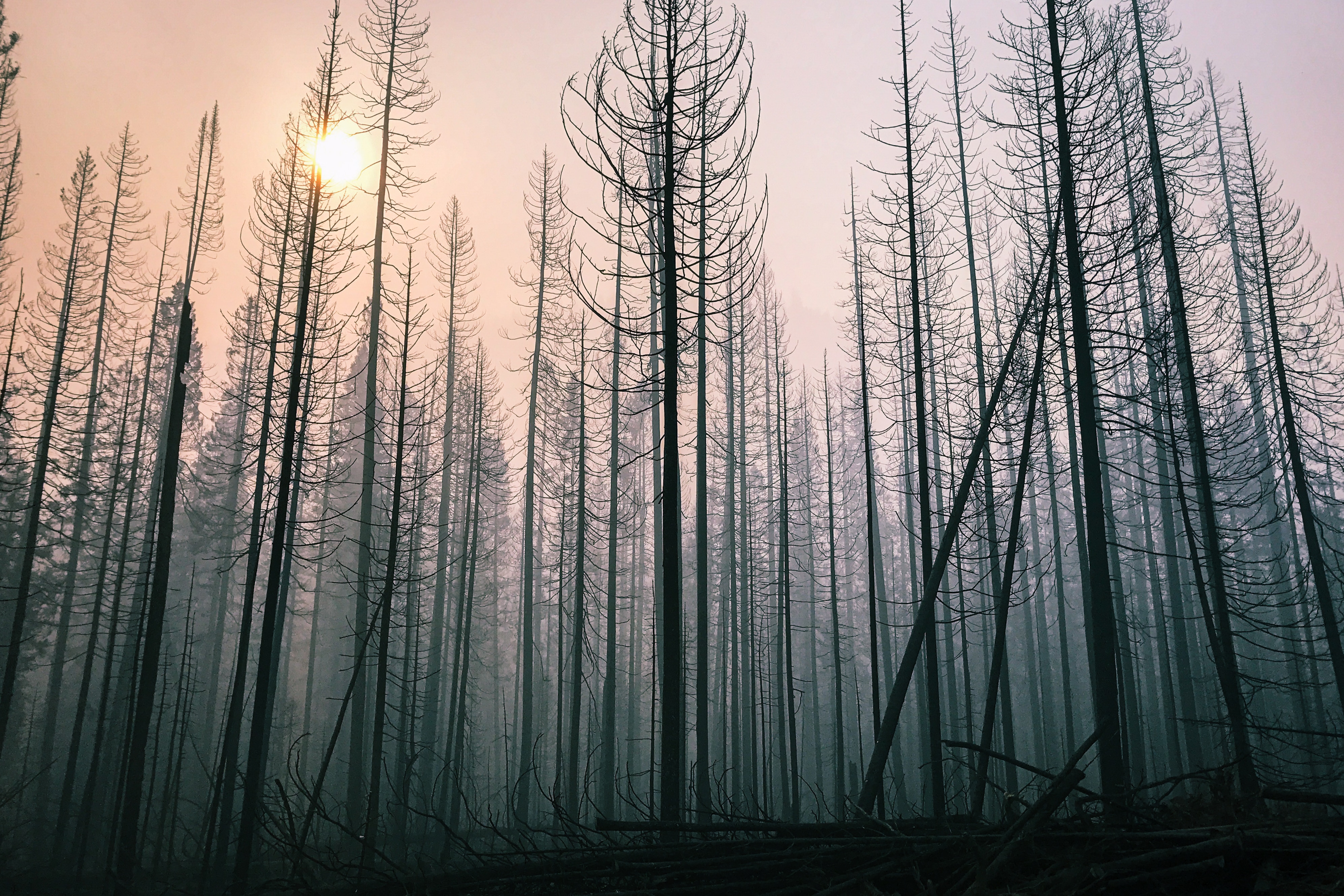
I’m writing something that made me go back and look through my old firefighting pictures. This was taken on the Liberty Fire from 2017. Over a million acres burned that year. I loved the long days and steep hikes, the crappy food and good company. I miss those days.

Today I had one of the absolute best experiences with a doctor in my life. Although she had to cut into me with no anesthetic and I have to be on antibiotics for a week, I’m happy. Finally some good feelings! Here’s a random picture of some beautiful ducks because why not!
Page 38 of 91